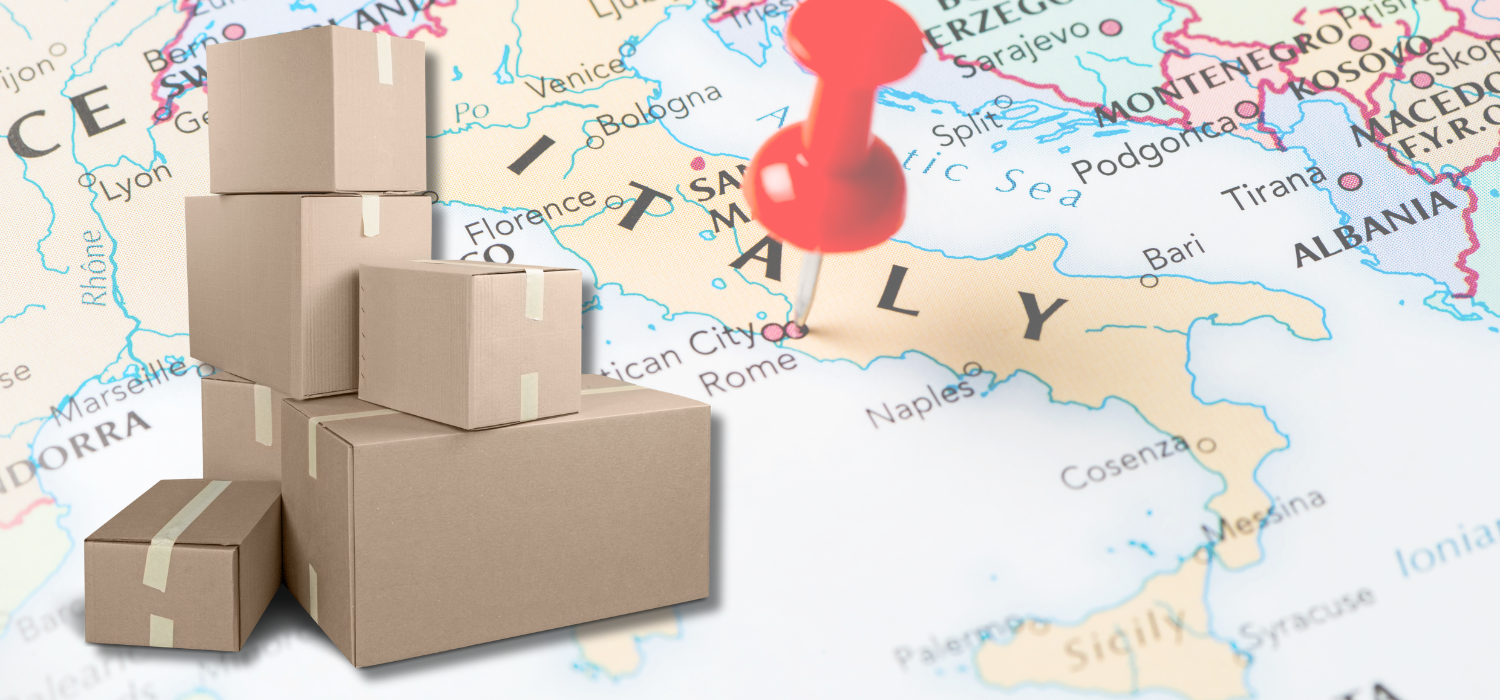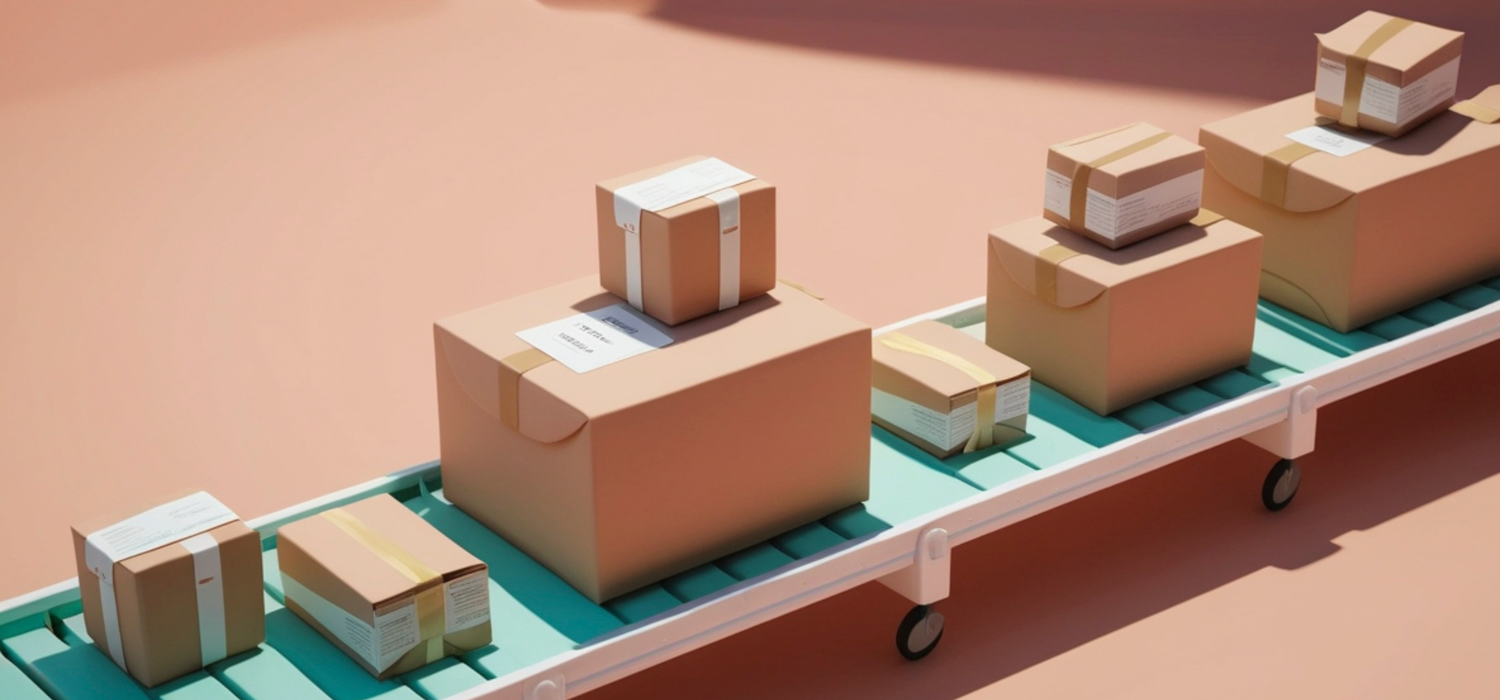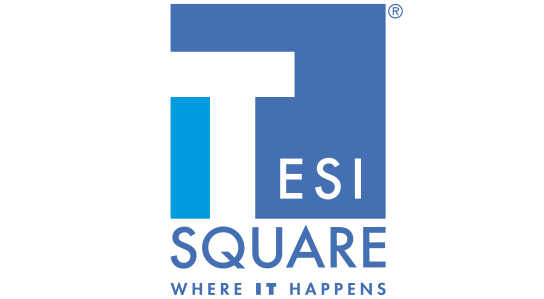Some sectors experience a higher rate of returns than others. Among them is fashion, where returns in some countries – read Switzerland and Germany, to name but a few – reach almost 50%. Globally, returns are estimated at $550 billion, of which 23% concern Europe alone.
Of course, returns are an opportunity for eCommerce to offer a good customer experience to its customers, but the reality of the facts is that they are mainly a cost for online stores and a serious problem for the environment.
In this article we analysed the dimension of this phenomenon and proposed a concrete solution to make returns greener, less expensive and at the same time ensure a positive return experience for your customers.
The size of the returns phenomenon in fashion
Online returns globally are on the rise, with an increase of 63% year-on-year. As far as the fashion industry is concerned, it is estimated that 38% of online clothing purchases in Europe generated a return in 2023. Almost 4 out of 10 products purchased via eCommerce were therefore returned by customers to the sender.
It is not surprising that as online sales in the fashion sector grow, so do returns, but what is worrying is the speed with which the numbers – already in double figures – increase. According to a survey by Yocabè, the rate of returns in Italy in the fashion sector is 16%, the lowest in Europe, but in other European countries fashion returns reach 44%, as in Germany, or even 50%, as in Switzerland.
The cost of returns for eCommerce and the environment
Let’s say it right now and very clearly: returns represent a cost for eCommerce. To be precise, the average cost per return is between 10 and 30 euros for Italian companies, taking into account reverse logistics, administration and loss of product value.
However, it is the environment that really picks up the bill for fashion returns: a Greenpeace report shows that a returned garment can travel up to 10,000 km before being reintroduced into the market, or even disposed of; while the transport associated with returns generates an average of 2.78 kg CO₂ per parcel.
Linking the issue of costs for online stores and costs for the environment is research conducted in Sweden and published in the scientific journal Sustainable Production and Consumption, which found that it is cheaper for eCommerce companies to throw away returned items than to resell them. “This,” explain the researchers who conducted the study, “is particularly true for low-value products (read fast fashion, ed.) compared to the costs of examining, packaging and putting them back on sale.
It is therefore not surprising, but it should give one pause for thought, to see images like this:
Tons of clothes thrown in the rubbish. Entire dumps of clothes, many of them from online sales returns. It is estimated that footwear and clothing waste amounts to 5.2 million tonnes annually, about 12 kilos per European citizen.
To give you an idea of the scale of the phenomenon, we also suggest the report “Journey to Ghana, in the hell of our used clothes”, aired in the episode of In mezz’ora, Rai 3, on 24 September 2023.
In short, an urgent solution to this phenomenon seems to us to be more necessary than ever.
Intervening on consumer purchasing habits, promoting awareness actions and trying to reduce the number of returns in the fashion sector by optimising eCommerce in this sense is certainly the first step to take.
In this respect, we have already described 3 strategies that eCommerce can implement to better manage their returns and significantly reduce them; but what can be done to reduce the environmental impact and costs of those returns that cannot be avoided?
Fortunately, a solution exists and, more good news, it is easy to implement.
Lockers and Pick-up Points: the smart and sustainable solution for fashion returns
The adoption of Locker and Collection Points for eCommerce returns management in the fashion industry is becoming one of the most effective strategies to reduce the environmental impact and costs of returns, as well as to improve the return experience for users. Let’s see in more detail how and why this solution seems to be the optimal one.
How Lockers and Pick-up Points Optimise Return Logistics
One of the main benefits of using Lockers and Pick-up Points for eCommerce returns management in the fashion industry is the reduction of CO₂ emissions, made possible by optimising the routes travelled by couriers.
Unlike home collection, which involves individual trips for each customer, consolidation of returns at centralised points allows couriers to collect several parcels at once. This translates into:
- Decrease in the number of trips, and therefore less road congestion;
- Reduced fuel consumption and harmful emissions;
- Optimising transport costs for eCommerce.
On an operational level, the use of automated Lockers and Pick-up Points simplifies the returns management chain, making the process more efficient for online stores and reducing parcel processing times.
Thanks to digitised systems, parcels are automatically identified by barcodes or QR codes, avoiding manual errors and speeding up the sorting process. In addition, integrated tracking platforms allow real-time monitoring of the return status, facilitating the return of the product into the sales cycle or its destination to secondary circuits such as outlets or second-hand markets. This approach not only reduces logistics management costs, but also minimises waste and maximises the value of returned products.
Why Locker and Collection Points provide a more flexible and convenient return experience for customers
In addition to environmental and economic benefits, Locker and Return Points also significantly improve the return experience for customers. In other words, they improve the customer experience by turning a problematic situation for the customer – the fact of having ordered something that does not fit and therefore has to be returned to the sender – into a potential opportunity for eCommerce.
In particular, the main benefits of using Locker and Collection Points for customers include:
- Greater flexibility: customers can deposit their returns at the times they prefer, at the point of their choice and therefore most convenient for them, without having to wait for the courier at home;
- Simplicity and speed: Lockers are accessible 24/7, while Collection Points are located in easily accessible shops, supermarkets and other businesses. For the customer, simply go to the most convenient Point or Locker and leave your return;
- Zero additional costs: many eCommerce platforms already offer the option of return via Locker or Collection Points at no extra charge to the consumer, who thus does not have to pay an additional cost for a product that, in fact, he cannot enjoy.
The growing adoption of Lockers and Pick-up Points in fashion eCommerce
Precisely because of these clear advantages for both consumers and eCommerce, more and more fashion brands and retailers are progressively integrating these solutions into their return strategies.
The three key factors driving this solution for fashion returns are therefore:
- Reduced return handling costs: companies can cut down on reverse logistics costs, which are one of the highest cost items in online returns;
- Lower environmental impact: reducing CO₂ emissions helps brands strengthen their commitment to sustainability and improve their brand reputation;
- Improved customer satisfaction: offering a more convenient and accessible return option improves the user experience, boosting loyalty.
For these reasons, the adoption of Lockers and Pick-up Points in return services has been on the rise in recent years, with the trend accelerating especially among the new generations of consumers, who are increasingly attentive to eco-friendly and smart solutions.
GEL Proximity, a simple and sustainable return service
GEL Proximity allows you to manage the returns of your online store quickly and easily through customisable and easily accessible technology.
Thanks to the Reverse solution designed by GEL Proximity, you can optimise your overall recovery costs, reduce technology and maintenance costs through a single integration, support your environment with 100% guaranteed returns, simplify the return process and experience for your customers, create automatisms for the Reservation Point operations, set up customised logics for label issuing and printing, and finally monitor customer behaviour thanks to Reverse’s Analytics.
You only need to activate your portal in the platform to start using the service without the need for integrations, or you can use the Reverse API to integrate GEL Proximity’s open source technology to your liking.
What are you waiting for? Offer your customers the best proximity return experience now, reduce your return handling costs and environmental impact!













